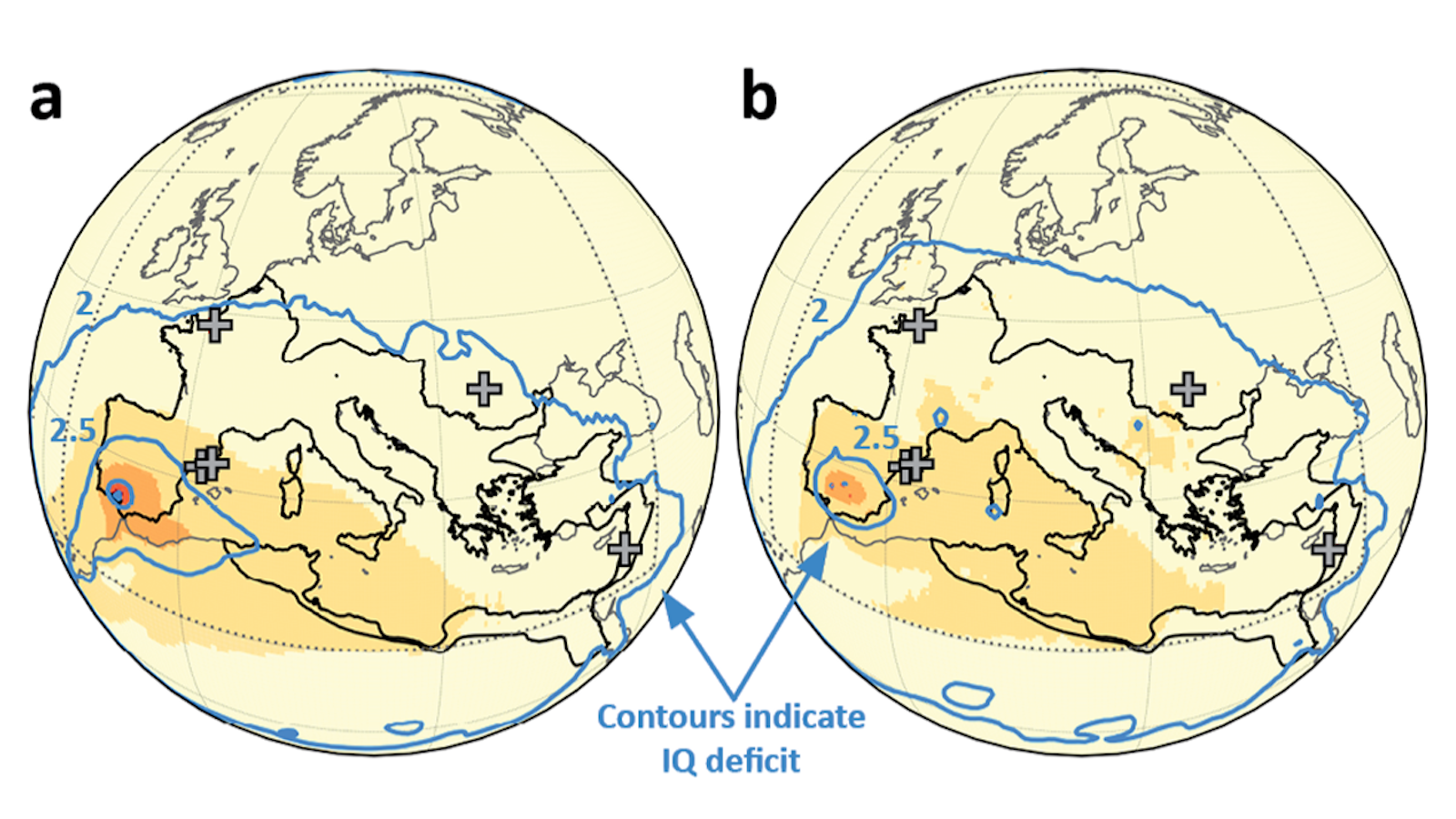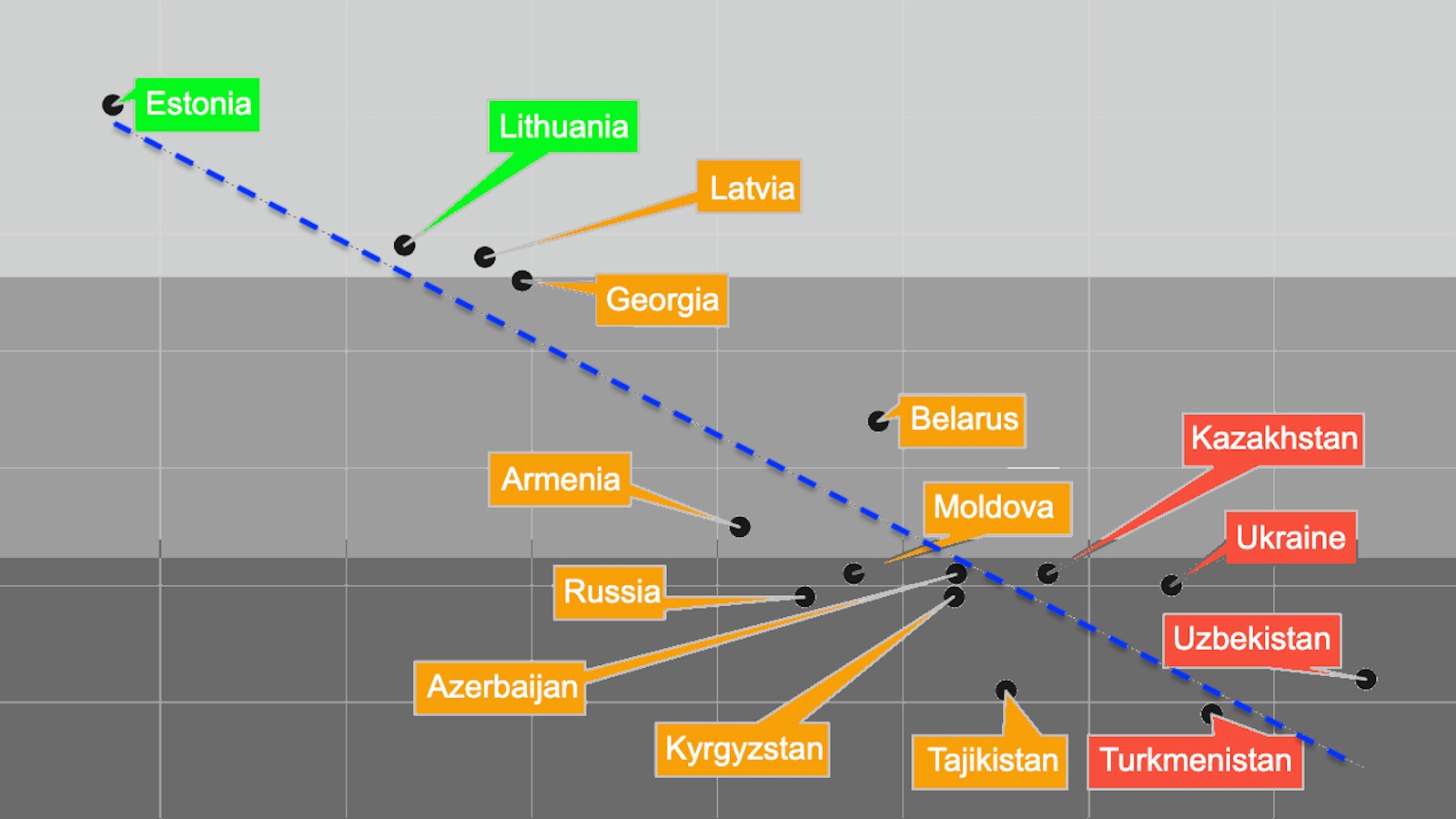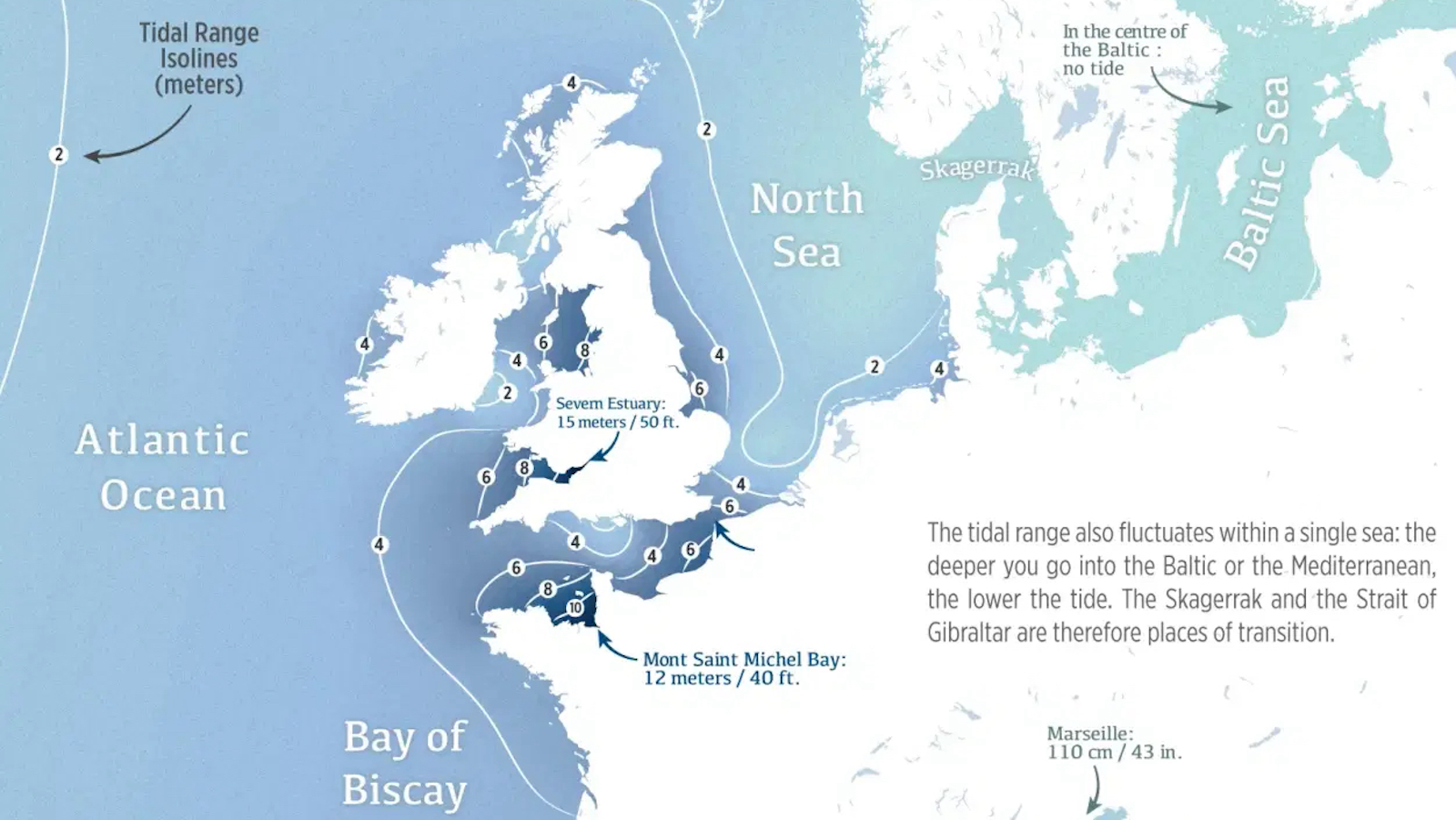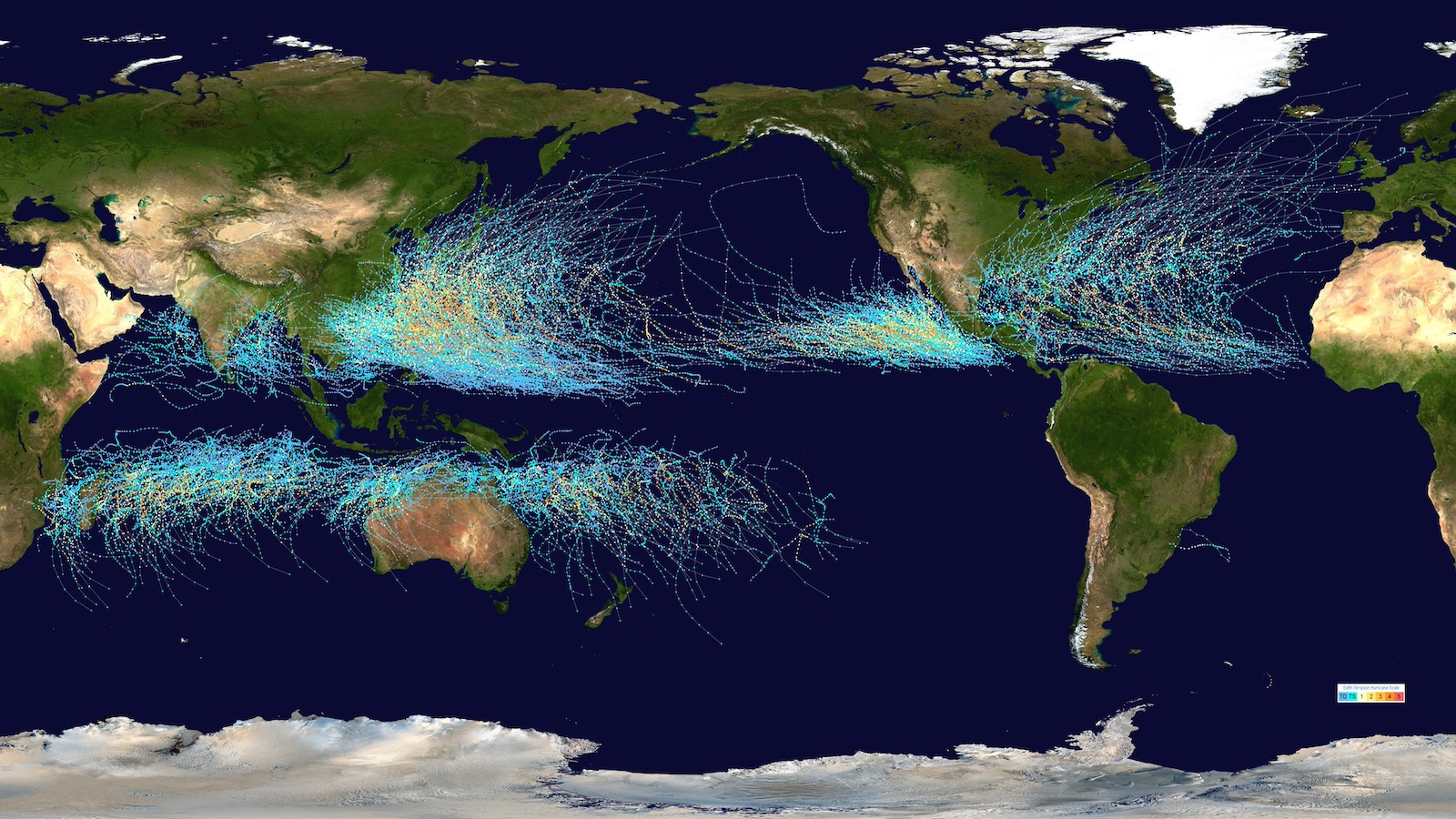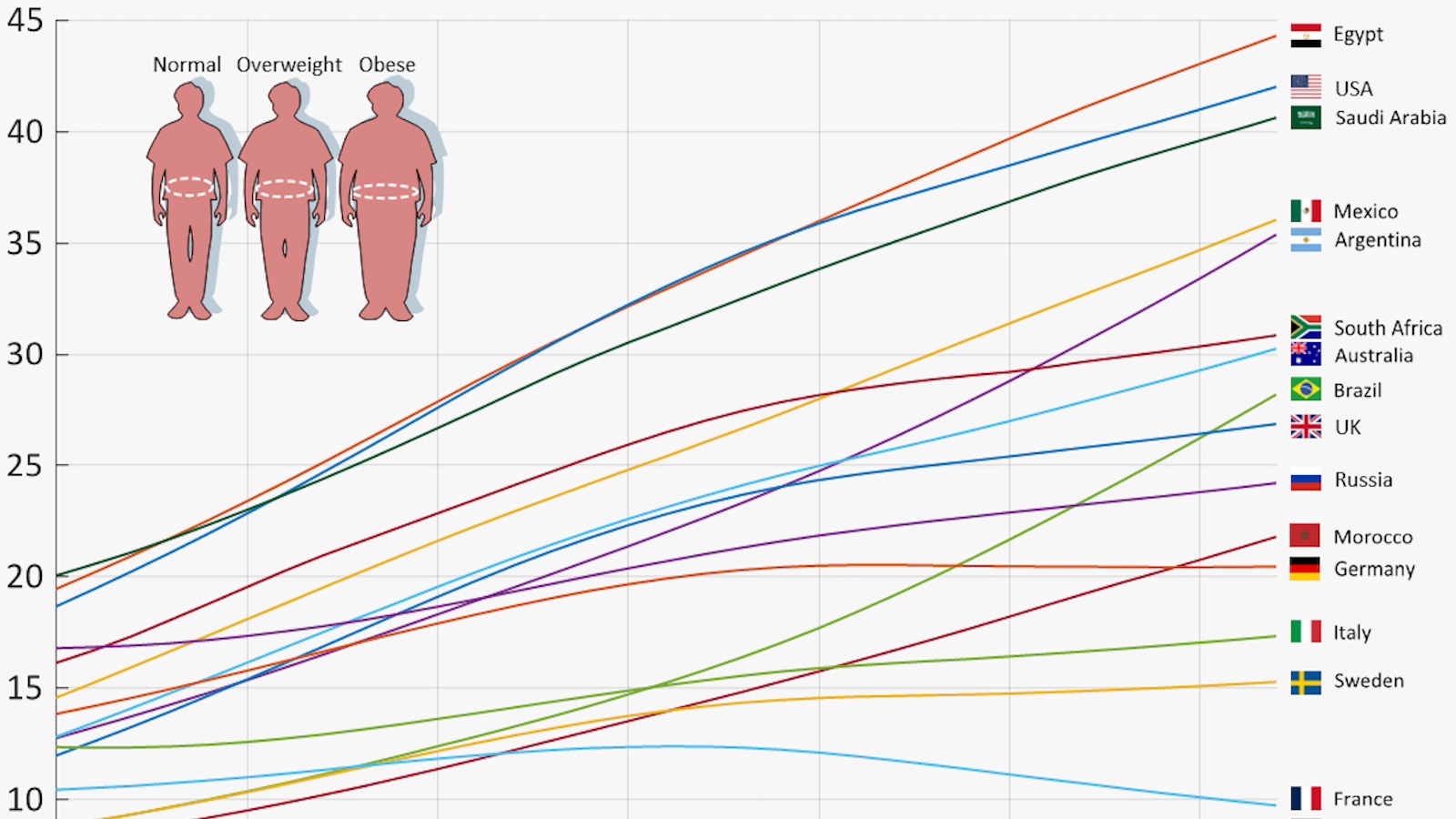Can you travel by rail from Portugal all the way to Singapore? In theory, yes. In practice? Not so much.
Common knowledge says the maximum size of a PDF is as big as 40% of Germany — but that’s a gross underestimate.
A study on the “moral circles” of liberals and conservatives gets drafted into the culture wars — with mixed results.
“Gyroscope-on-a-chip” technology could soon enable us to navigate over long distances without GPS.
“It’s only natural for us to get America back,” quipped Kim Kielsen, former prime minister of Greenland, in 2019.
The Roman Empire at one point emitted roughly 3,600 tons of lead dust per year, causing “widespread cognitive decline.”
Dubbed “Valeriana” by researchers, the city of 50,000 peaked around 800 AD before being swallowed by the jungle.
In 1900, the UK clearly was the richest country in Europe. That’s no longer the case.
In 8,000-mile journey, a male humpback ditches Colombia for Tanzania — however, scientists don’t know why he made the trip.
In post-Soviet nations where ministers have a relatively high BMI, corruption tends to be high, too.
A new railway will switch the Baltic region’s train gauge from Soviet to standard European — a megaproject with political, economic, and military dimensions.
A member of a species that kills trees, this mushroom is not the first to be called the Humongous Fungus — and perhaps not the last.
In 1980, Willy Brandt drew a line across the map that still influences how we think about the world.
Great tidal ranges are relatively rare on a global scale — and can be very deadly to the unsuspecting foreshore walker.
The Sovereign State of the Bektashi Order would be just one quarter the size of Vatican City.
Early modern humans interbred with Neanderthals — and scientists recently pinpointed a key site of contact.
Australia’s AAPowerLink boasts three global superlatives: largest solar farm, largest battery, and longest power cable.
The hidden story behind Greek surnames and how they trace family origins across the country — starting with the name of a would-be U.S. president.
The salinity of the oceans is not just a matter of taste. Saltier water behaves differently, too.
“The Big Map of Who Lived When” plots the lifespans of historical figures — from Eminem all the way back to Genghis Khan.
You could call this rectangle covering parts of Iran, Iraq, and the Arabian Peninsula the “Oven Window.”
Absence makes the heart (and public opinion) grow fonder.
How has tennis changed in recent decades? The wear and tear on Wimbledon’s Centre Court may tell the tale.
19 rooms. 1,636 square feet. 1,800 years of history.
A new method of mapping migration factors in erratic movements and changing climate.
50 years ago, Herman Chernoff proposed using human faces to represent multidimensional datasets. It was a good idea in theory — but a disaster in practice.
Thanks to the Coriolis force, hurricanes never cross the equator.
Waistlines are expanding in most countries, except for a skinny list of nations bucking the trend.
Because of their large and unfriendly neighbor to the east, the Baltics would rather be Scandinavian.
A radical proposal reimagines Europe as a carbon-neutral continent where national boundaries are replaced by regions defined by renewable energy capabilities.





